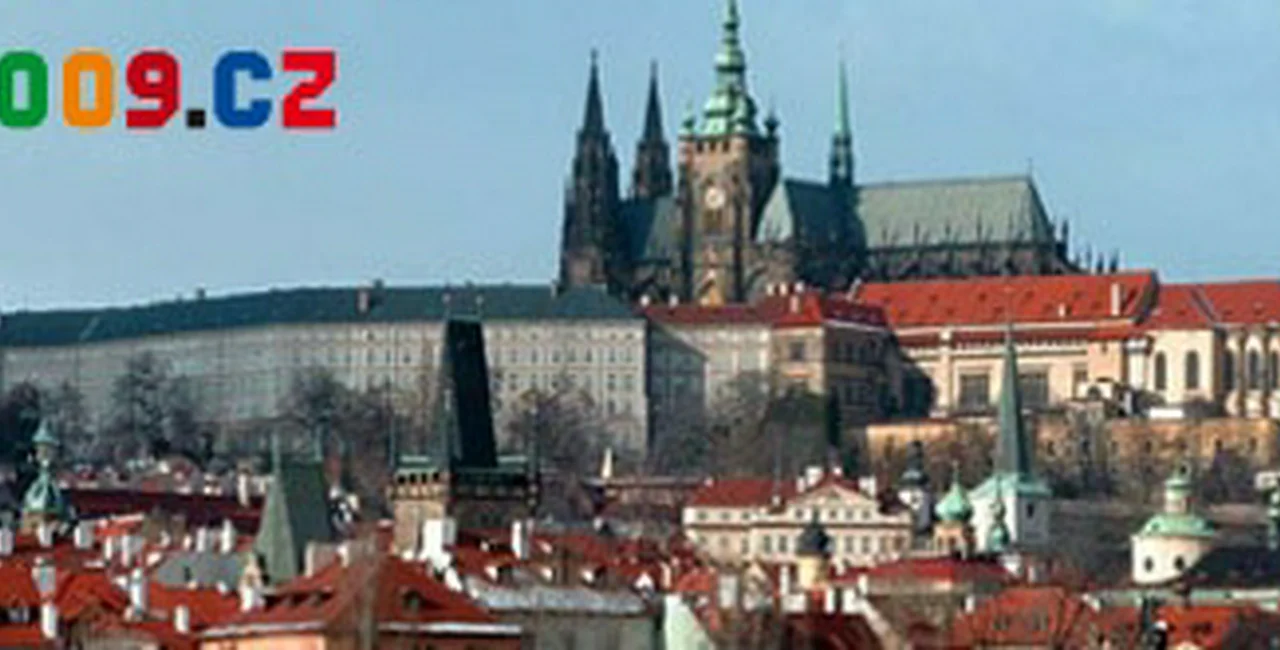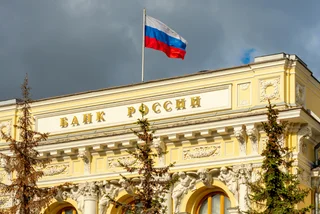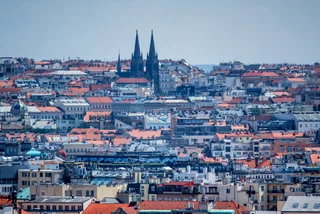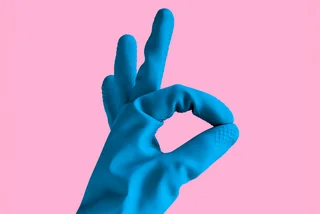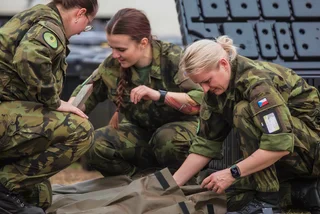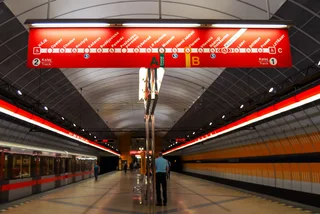Congratulations – you get to go to Prague! The Czech Republic will hold the rotating EU presidency from January to June 2009. Organizers expect about 30,000 delegates, EU ministers, people working in other EU bodies (like the Commission) as well as world leaders to be passing though on their way to meetings, conferences and other important EU business.
Prague events include a summit of European regions and towns; informal meetings for education and environment ministers and a meeting of European Parliament members with representatives from African, Caribbean and Pacific states. About half of the minister level meetings will be held in seven other Czech cities and sites. It won´t all be work though as in addition to conferences, the Czech government has planned a series of scientific and cultural events. The total cost of the presidency, including preparations which began in 2007, is put at 3.3 billion CZK.
The Czech EU Presidency will kick-off with a gala evening at the National Theatre followed by a fancy-schmancy dinner at Obecní dům (Municipal House) on January 7.
The very first business occurs the next day; an informal meeting of the EU General Affairs Council at Liechtenstein Palace. Also called Ledebursky, this is an early 16th century Baroque building that is now used by the Academy of Performing Arts music faculty. The Malostranské náměstí area, where the palace is located, is the heart of the Malá Strana part of Prague. This side of the Vltava River, nestled below the castle offers a calmer experience of the city.
Other highlights here include St. Nicholas Cathedral (offers evening concerts) also on Malostranské náměstí and the Church of our Lady Victorious. A Spanish wax effigy representing the baby Jesus was given to the church in 1628 and has since been associated with a number of miracles, including protecting Prague from plague and from destruction during the Thirty Years War. You can see an exhibition of all the gifts the Infant Jesus of Prague or Il Bambino di Praga has been given.
And since you are nearby, take a hike up to Prague Castle. Nerudova Street, which runs straight up behind Malostranské náměstí is the best route. The street is named after Jan Neruda, a Czech poet and journalist who wrote many stories about Malá Strana. Prague Castle covers more than 45 hectares and has been the home of kings and princes throughout the years, as well as many of their burial places in St. Vitus Cathedral. Since 1918, it has been the home and offices of the country´s president (currently Václav Klaus, familiar with him?)
The dominant feature of the complex is St. Vitus Cathedral. A Gothic building 600 years in the making, St. Vitus was built on the spot of the original Romanesque rotunda. Golden Lane is a charming street filled with 16th century homes. Franz Kafka used to live at number 22. The street got its name from the alchemists who used to live there at the time of Emperor Rudolf. A variety of exhibits are held in select Castle buildings.
Many of you will find yourself at the Prague Congress Centre. This conference hall in Prague 4 will be holding the majority of the presidency´s working meetings. In fact, so much of the presidency´s business will happen here that the government has reserved the entire left wing for the six month duration. The first event, a meeting of the EU interior and justice ministers will be here, as well as two other high-profile council of minister meetings.
The Congress Centre is ideally located for those who need to escape the conference room for some fresh air and a rejuvenating walk. Vyšehrad is practically your next door neighbor and offers old buildings, lots of grass and trees, walking paths and a spectacular view. Vyšehrad was the first seat of Czech royalty and Princess Libuše is said to have prophesied the future glory of Prague from this spot around 800 a.d. Unfortunately for the legend, archaeological research puts the first castle here sometime in the 10th century. The Church of St. Peter and St. Paul and its accompaning cemetary are both worth a visit. The cemetery contains graves of famous Czech writers, artists and musicians. It was founded in 1869 specifically for burying some of the country´s most famous figures and as a memorial symbol for the “cultural good of the land.” Prague´s oldest still-standing building, the Rotunda of St. Martin is also in Vyšehrad.
What are you going to eat? Dining in Prague can´t really be likened to enjoying cuisine elsewhere in the world; but it does have its own special charm. Meat-lovers and fans of heavy food will be especially pleased, as the food can be flavorful and filling – typical central European cuisine. Soup is often the first course; typically a garlic, onion or potato. Your second course will likely be meat. If you are looking to try something traditional, order the Svičkova; roast beef with dumplings, covered in a creamy vegetable sauce. Roast pork with dumplings and sauerkraut is also popular as is schnitzel – fried pieces of meat, either pork or chicken. Gulaš is also popular, although it´s not a typical Czech food.
But even more important than food in the Czech Republic is our beer. Czech beer as we know it dates back to 1842. That´s when a brewery in Plžen hired a German brewer who was experimenting with a new fermentation method. He produced the first light colored beer, Pilsner, which was an immediate hit. We still buy it today as Pilsner Urquell. České Budějovice is another South Bohemia beer brewing town. Its signature brand Budweiser Budvar is also known the world over. Another well-known brewery, this one in Prague, is Staropramen. Founded in 1871, it´s been brewing beer in Prague ever since.
Have a night free? Enjoy the Czech Republic´s musical heritage with a visit to one of our famous, and beautiful, concert halls. The Rudolfinum and Obecní dům are two of the best. Built in the late 1880´s the Rudolfinum is home to the Czech Philharmonic Orchestra. Obecní dům is a stunning Art Nouveau building on Náměstí Republiky. For a more intimate evening, visit Bertramka. This villa is where Wolfgang Amadeus Mozart finished Don Giovanni. A small Mozart exhibition is also here. Don Giovanni was debuted to a wildly enthusiastic Prague audience at the Estates Theatre, another good place to catch an opera or ballet. The State Opera is a dramatic Neo-Classical building which shows a variety of operas, and occasional ballets.
No matter how busy you are – get out and wander the city. Prague is a picturesque place, filled with a variety of architecture down every narrow street. Make the most of your time here and enjoy the magic. More information on the Czech EU presidency can be found at www.EU2009.cz.











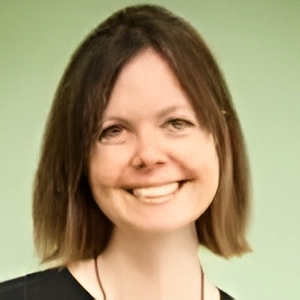
 Reading time: 5 minutes
Reading time: 5 minutes 